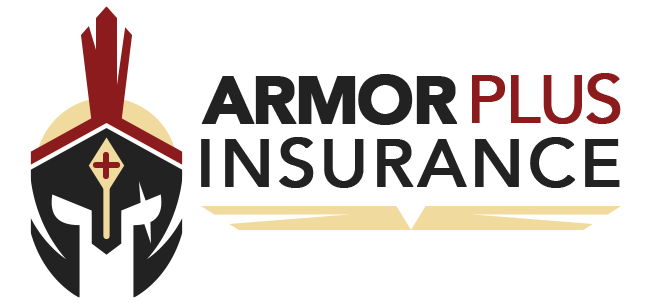Insurance is not a one-size-fits-all solution. Your life, assets, and circumstances are unique, and your insurance policy should reflect that. Fortunately, insurance providers offer a range of coverage options and customization features to tailor your policy to your specific needs. In this article, we’ll explore the importance of customizing your insurance policy and provide tips on how to personalize coverage options to ensure you have the protection you need, where you need it most.
1. Assess Your Coverage Needs:
Before customizing your policy, it’s crucial to assess your coverage needs thoroughly. Consider factors such as:
- Assets: Evaluate the value of your home, vehicles, personal belongings, and other assets that need protection.
- Liabilities: Determine your potential liabilities, including mortgage debt, outstanding loans, and potential legal risks.
- Health: Assess your health needs and potential medical expenses, including routine care, emergencies, and long-term healthcare needs.
- Dependents: Consider the financial needs of your dependents, including children, spouses, or aging parents.
2. Understand Available Coverage Options:
Once you’ve identified your coverage needs, familiarize yourself with the available coverage options offered by your insurance provider. This may include:
- Home Insurance: Dwelling coverage, personal property coverage, liability protection, and additional living expenses coverage.
- Auto Insurance: Liability coverage, collision coverage, comprehensive coverage, uninsured/underinsured motorist coverage, and optional add-ons.
- Health Insurance: Medical coverage, prescription drug coverage, preventive care, mental health services, and optional dental or vision coverage.
- Life Insurance: Term life insurance, whole life insurance, universal life insurance, and variable life insurance.
3. Customize Your Coverage:
Once you understand your coverage options, work with your insurance provider to customize your policy to meet your specific needs. Consider the following customization features:
- Coverage Limits: Adjust coverage limits to ensure you have adequate protection for your assets and liabilities. Higher limits provide greater protection but may result in higher premiums.
- Deductibles: Choose deductibles that align with your financial capabilities. Higher deductibles can lower your premiums but increase your out-of-pocket expenses in the event of a claim.
- Optional Add-Ons: Explore optional add-ons or endorsements that provide additional protection for specific risks or assets. This may include flood insurance, umbrella liability coverage, or identity theft protection.
- Discounts: Take advantage of available discounts for bundling policies, maintaining a clean driving record, installing safety devices, or participating in wellness programs.
4. Review and Update Regularly:
Your insurance needs may change over time due to life events, changes in assets, or evolving circumstances. It’s essential to review your policy regularly and update it as needed to ensure you have adequate coverage. Consider scheduling annual policy reviews with your insurance provider to reassess your coverage needs and make any necessary adjustments.
Customizing your insurance policy allows you to tailor coverage options to fit your unique needs and circumstances. By assessing your coverage needs, understanding available options, and working with your insurance provider to customize your policy, you can ensure you have the protection you need, where you need it most. Remember to review and update your policy regularly to adapt to changes in your life and ensure continued peace of mind and financial security. With a customized insurance policy, you can rest assured knowing that you’re adequately protected against life’s uncertainties.

